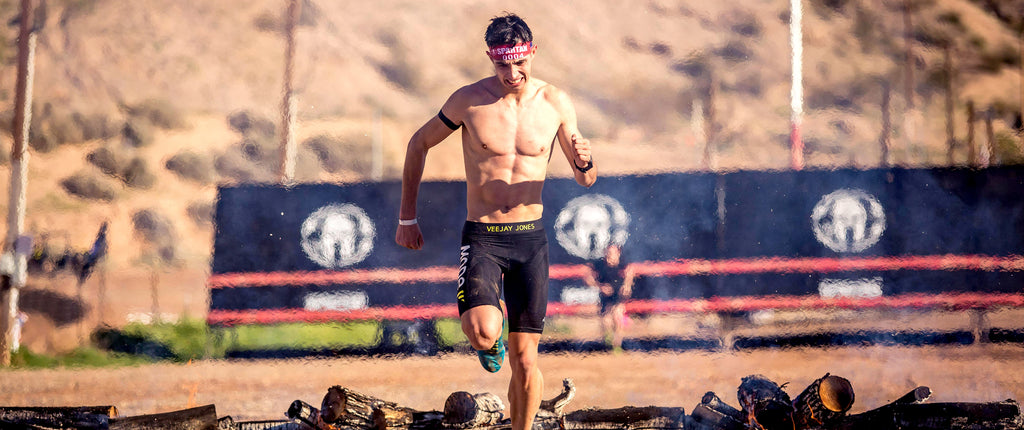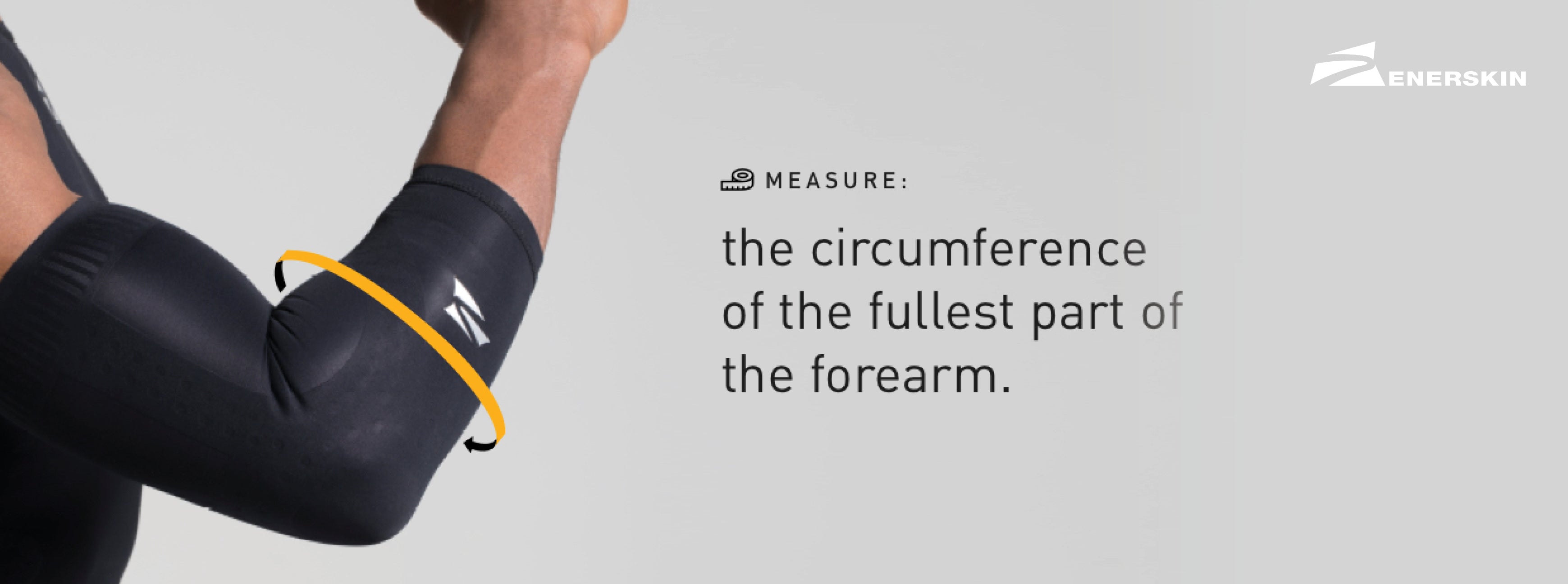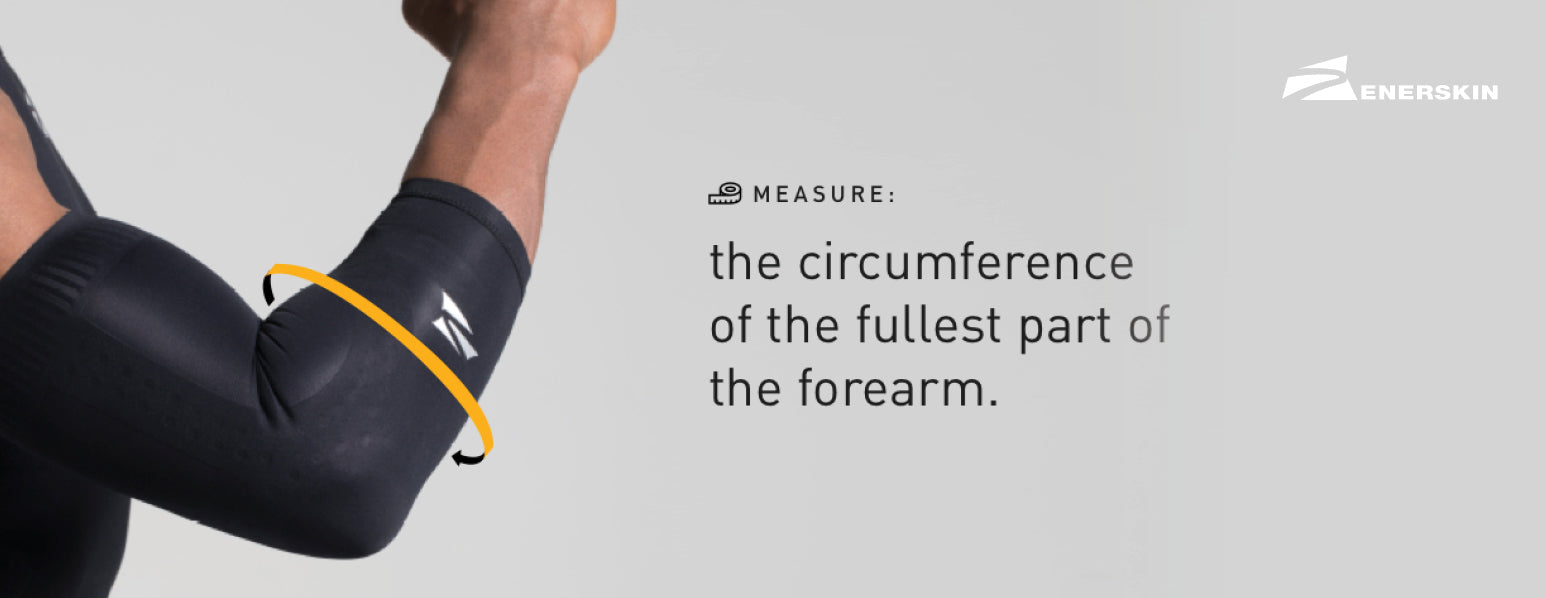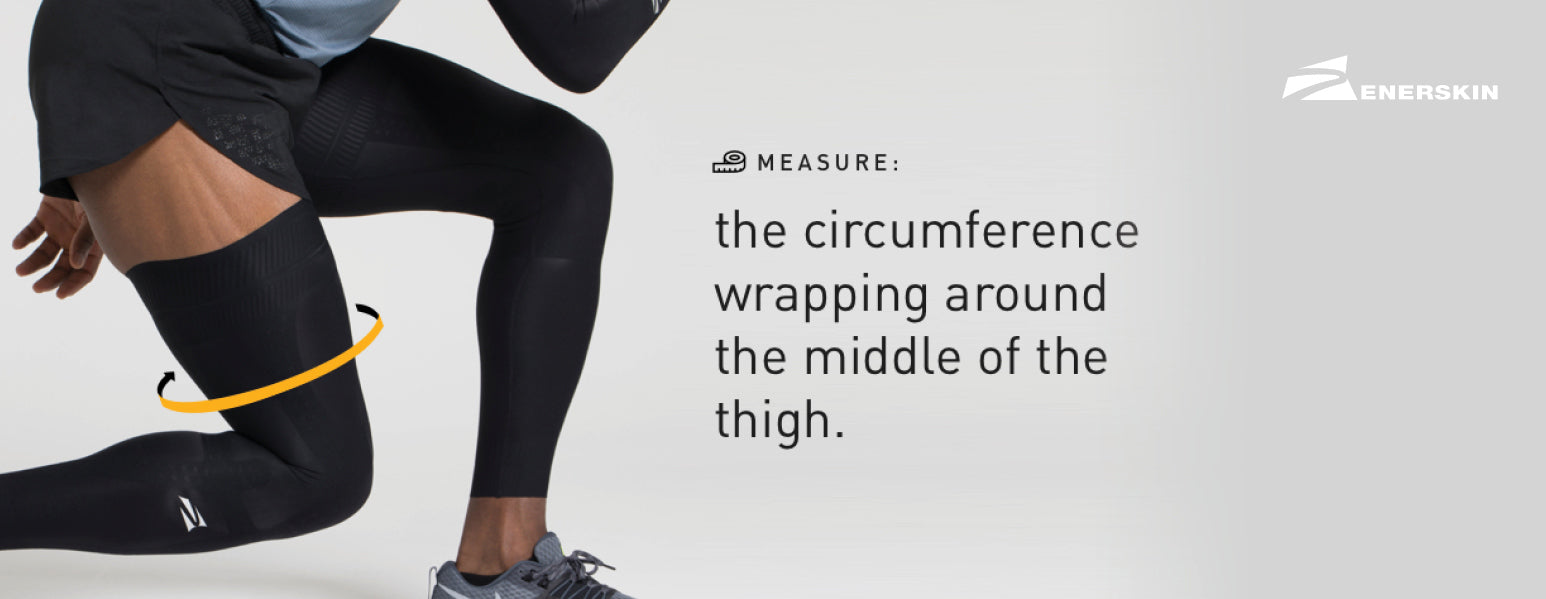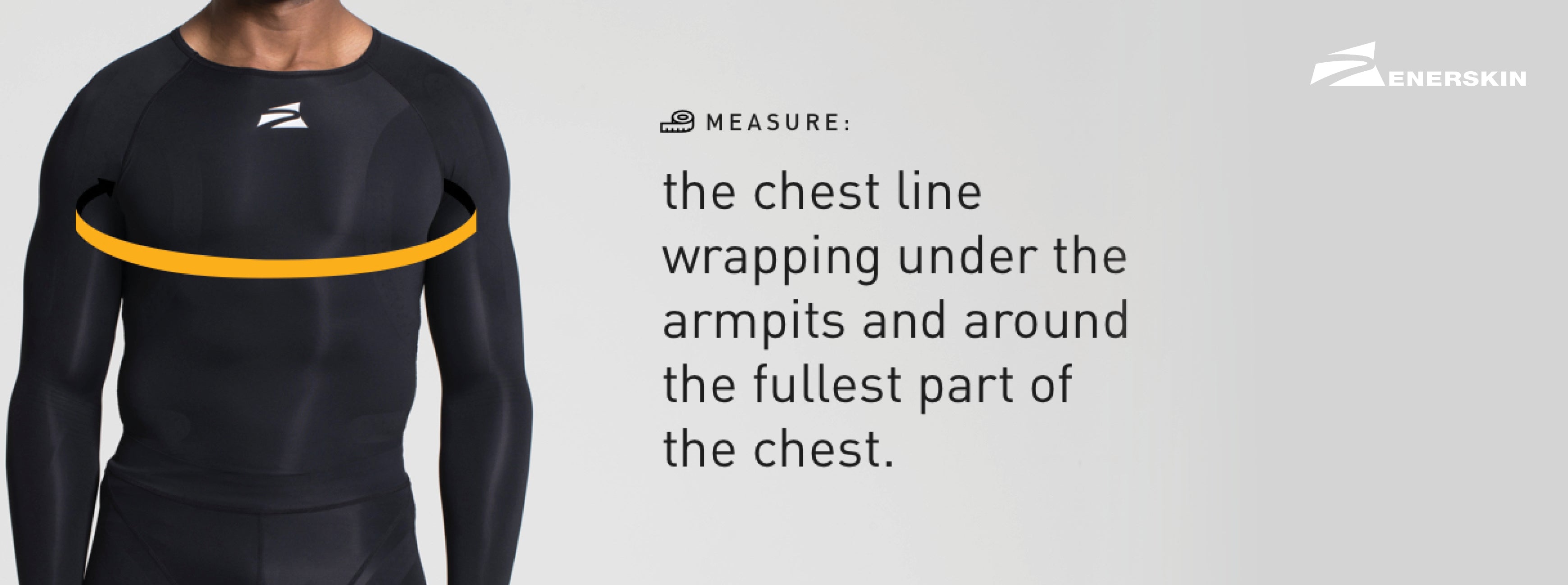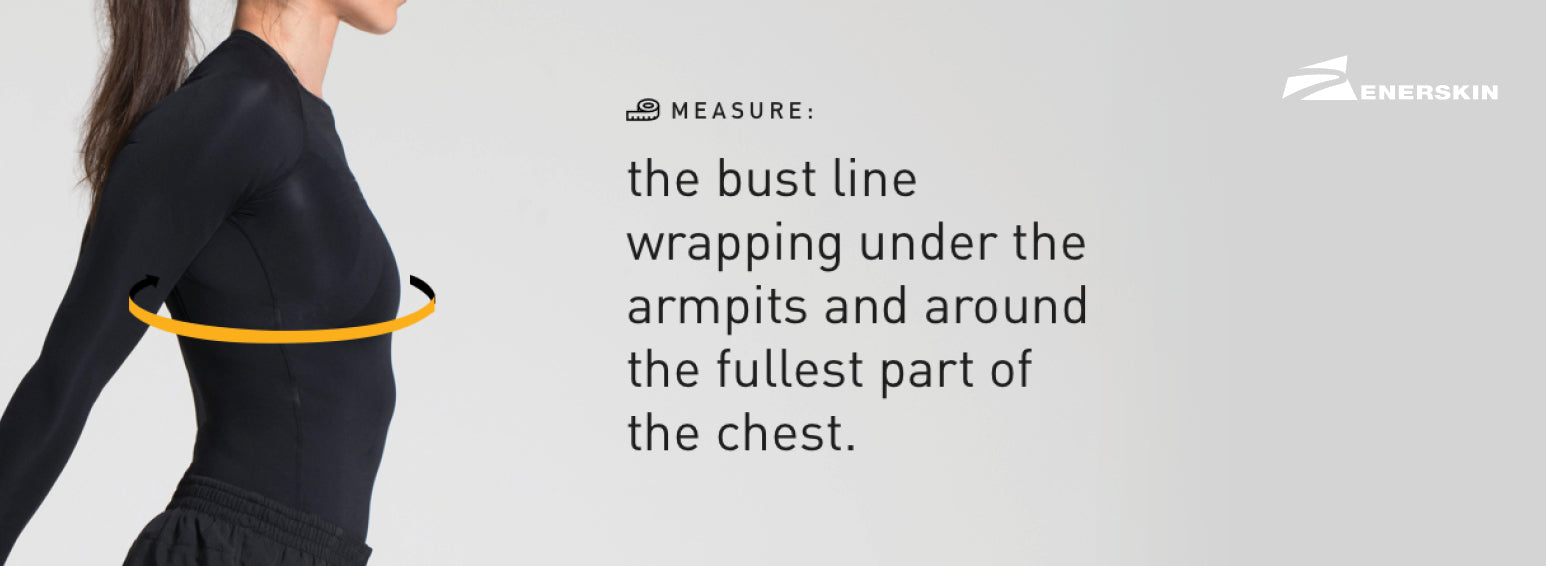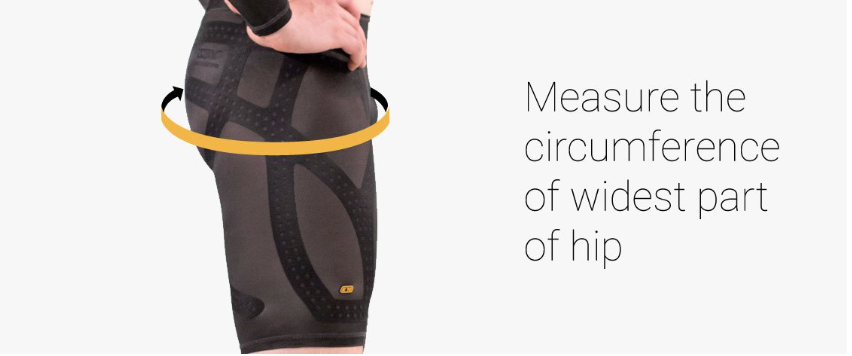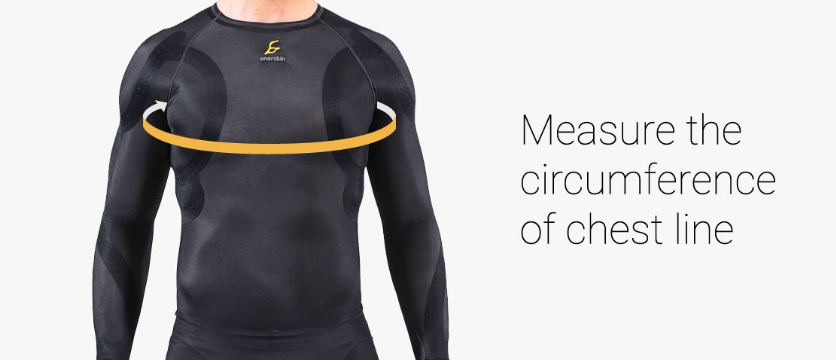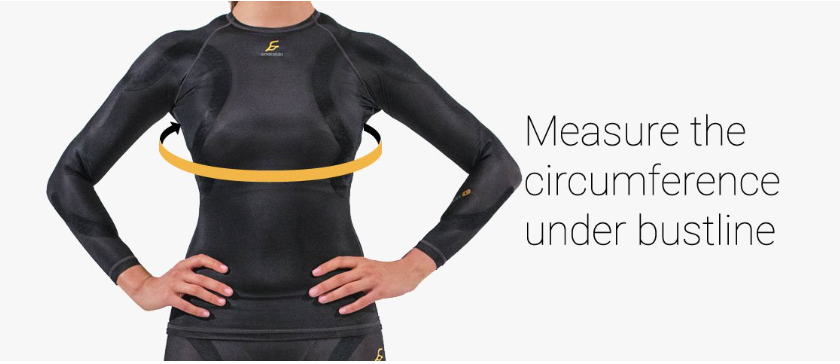IT Band Syndrome Exercises & Treatment
IT Band Syndrome Exercises & Treatment

lliotibial band syndrome (ITBS) is one of the most common running injuries today–and also one of the least understood.
While most physical therapists and clinicians who have experience treating running injuries understand how to treat IT band syndrome, the average runner doesn’t have a clue. Common do-it-yourself treatments include:
- Icing the side of the knee
- Stretching the IT band from the hip (the IT band has the consistency of a truck tire and is supposed to be tight)
- Foam rolling the IT band (ouch!)
- Complete rest
But ask most runners who have tried these treatments and they’ll say that as soon as they started running again, their IT band syndrome flared back up. It’s a stubborn injury and doesn’t respond to the treatments discussed above. IT band syndrome is not an injury of inflammation (so icing won’t help) or tight musculature (so foam rolling the band itself or stretching won’t help).
So, what does work? Let’s discuss the structure of the injury first to understand the true nature of IT band syndrome.
What Causes IT Band Syndrome?
The Illiotibial band is a thick piece of connective tissue that runs parallel to the femur from the hip to the knee. It attaches along the gluteus maximus and tensor fasciae latae on the side of the hip and connects on the lateral side of the tibia. One of its major functions is to stabilize the knee while running.
IT band syndrome is diagnosed when pain presents at the insertion point of the IT band on the outside of the knee, typically caused by compression due to an abnormal movement pattern of the femur.
So what causes your femur to move abnormally? Usually, a weak butt. Your gluteus maximus and medius are the two major muscles that control the position of the pelvis and overall stability of the leg during the running stride. Weak hips also contribute to the pelvis “dropping” down on the non-stance leg.
All this talk about the position of the pelvis is critical. Because when your pelvis moves into an unfavorable position, the IT band pulls away from the knee.
ITBS is a problem with excessive, abnormal movement of the pelvis that must be controlled.
And how do you control excessive movement? By strengthening your supporting musculature to handle the impact forces and torque of running. While strength workouts are incredibly helpful, they’re often the strategy that most often gets skipped.
Exercises for IT Band Syndrome
Strengthening the hips and glutes is the most valuable treatment strategy for IT band syndrome. These muscles will control rotation of the femur, position of the pelvis, and ensure the IT band is not compressed or “pulled away” from the hip.
The video below showcases the ITB Rehab Routine, a series of 10 exercises specifically designed to treat ITBS. The only equipment you need is a piece of rubber tubing, also called a therapy band, for extra resistance.
Exercise Instructions:
Side Leg Raise: Lie on your right side and lift your left leg to 45 degrees in a controlled manner, then lower it back down to the starting position. Make sure your pelvis remains in a neutral position. A more advanced version includes a loop of rubber tubing around your ankles for added resistance. Perform 20-30 reps.
Clam Shell: Lie on your right side with your knees and ankles together, with knees bent at about 90 degrees. Open your legs by activating your upper glute muscle. Make sure you maintain a neutral spine and don’t rock your pelvis. Keep the motion slow and controlled. A more advanced version includes putting a loop of rubber tubing around your thighs just above your knee. Perform 20-30 reps.
Hip Thrust: Lie on your back with your weight on your upper back between the shoulder blades and your feet. Keep your arms at your sides or cross them over your chest. Lower your butt almost to the ground and thrust upward by activating your glutes and driving your heels into the ground. A more advanced version is the Single Leg Hip Thrust. Lift one leg so your weight is all on one leg and your back. Repeat the same movement, making sure you drive your heel into the ground and keep a stable pelvis. Perform 20-30 reps.
Side Hip Bridge: Lie on your side with your feet propped on an elevated surface about 1-2 feet off the ground. Push your bottom foot down and lift your torso using your hip muscles while keeping a stable spine. Return to the starting position. Perform 10-30 reps.
Side Shuffle: With your knees slightly bent in a squat-like position, take ten steps to one side. While still facing the same direction, take another 10 steps back to your starting position. This is one set. A more advanced version includes a Thera-band or loop of rubber tubing around your ankles. It should be tight enough so it provides constant resistance during the entire movement. Perform 3-5 sets.
Pistol Squat: Standing on one leg, squat down so your thigh is almost parallel to the ground. Keep your spine in a neutral position and keep the motion slow and controlled, ensuring your knee does not collapse inward. Perform 5-15 reps.
Hip Hike: Stand on your right foot. With your pelvis in a neutral position, drop the left side so it is several inches below the right side of your pelvic bone. Activate your right hip muscle and lift your left side back to its neutral position. Perform 10-30 reps.
Remember these pointers while doing this strength workout:
- If you currently have ITBS, perform this routine every other day.
- Modify the number of reps or take extra time in between exercises if necessary.
- This workout can also be done weekly (for injury prevention purposes) if you don’t currently have ITBS.
- Start with low or medium resistance bands and move to a stronger resistance when it becomes too easy.
- Get an illustrated guide of this routine here.
Remember that this routine is not a full treatment program for IT band syndrome, but for most runners with a minor case of ITBS it will help get them back on the road within 1-2 weeks.
Treatment
Once ITBFS has presented, there are measures that can be taken to treat the problem. First and foremost, if the diagnosis is in question, a visit to your physician is appropriate. Other injuries may at times mimic ITBFS and need to be distinguished from it in order to be treated properly.
The treatment of ITBFS may be thought of as happening in two stages: acute and chronic.
The acute stage of therapy is aimed at reducing the inflammation in and around the ITB. This will reduce pain and any associated swelling. Non-steroidal anti-inflammatory drugs (NSAIDs) such as ibuprofen and naproxen are very useful in this regard. These drugs should be avoided by those with a history of kidney issues or peptic ulcers but otherwise are considered quite safe.
The application of ice to the affected area may also provide some anti-inflammatory effects and provide symptom relief.
The final element of the acute phase is a complete cessation of running until such time as the activity may be undertaken without pain (usually one to two weeks).
The chronic phase of treatment is aimed at alleviating those factors that led to the problem in the first place. This includes all of the preventative measures listed above. In addition, attempts can be made at stretching the IT band at the level of the Tensor fascia lata at the level of the hip—the one place where the IT Band is amenable to lengthening.
An example of a specific stretch for this purpose is described here:
- Standing upright, cross the right foot in front of the left foot.
- Bend forward at the hips as far as is comfortable.
- Reach with both arms to the right and thrust the hips out to the left.
- You should feel a stretch over the left hip if you are doing this correctly.
- Reverse legs and directions to stretch TFL on the right.
In almost all case, ITBFS is self limited and no more than a painful nuisance. Left untreated though, ITBFS may become chronic and more severe eventually impacting daily activities. In the worst cases, surgery may become an option with excision of the bursal sac that overlies the LFE under the ITB. This treatment is reserved for the most severe cases though, thankfully encountered only very rarely.
With prompt recognition and treatment, ITBFS need not be the precipitant of quitting running. Better yet, by giving some thought to preventative measures, one need not experience it in the first place.
Train hard, train healthy.
Enerskin Shorts and/or Knee Sleeves will help prevent and reduce IT Band Syndrome.
Shop now for Enerskin Shorts & Knee Sleeves
Sources:
you may also like
